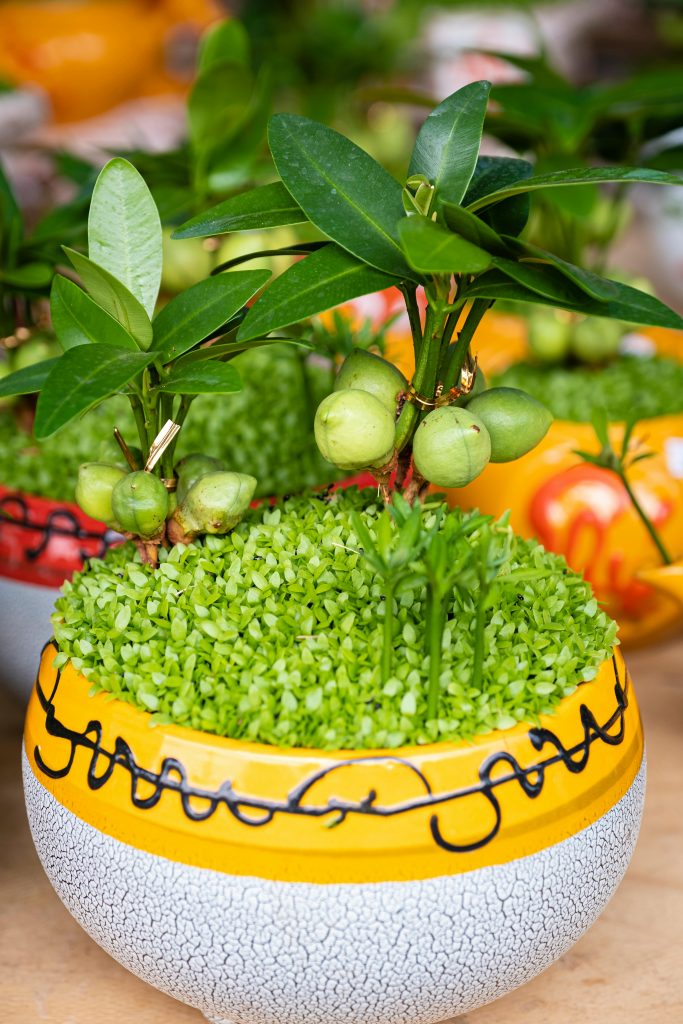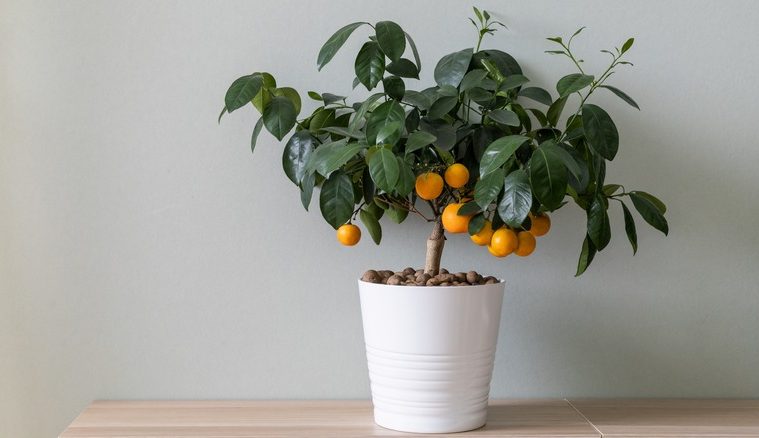In the ever-evolving world of home gardening, the prospect of cultivating your own fruits indoors is both exciting and rewarding. Imagine plucking fresh lemons, oranges, grapefruits, passion fruit, and figs from your own indoor oasis, regardless of your geographic location.
This guide provides a roadmap for transforming your home into a haven for delicious fruits, offering tips on container gardening, potting mix selection, watering and fertilising, root pruning, and transitioning plants between indoor and outdoor environments.
Container fruit gardening
Before embarking on your indoor fruit-growing journey, carefully choose the containers that will cradle your plants. The size, durability, and weight of the container are crucial considerations. Smaller plants can thrive in a 20.32 cm wide fruit container, while larger varieties may require more spacious homes, progressing from medium-sized pots to 36- or 48-inch-wide containers. Bear in mind that the larger the container, the more challenging it is to move.
Container options abound, each with its unique advantages and drawbacks. Terra cotta, stone, and ceramic containers boast durability but can be heavy. Wooden containers are aesthetically pleasing and generally lightweight, but they may rot over time. Synthetic materials like plastic and polystyrene offer a lightweight and long-lasting alternative. Regardless of your choice, ensure that the container has proper drainage holes to prevent waterlogging.
Choosing a potting mix
Creating an ideal environment for indoor fruit plants involves selecting the right potting mix. Standard garden soils are ill-suited for containers, lacking proper drainage and often harboring disease organisms. Opt for potting mixes designed explicitly for container fruit gardening, some of which contain no actual soil.
Consider a blend with moisture-control amendments and controlled-release fertiliser to optimise aeration, drainage, moisture retention, and nutrient availability. Alternatively, craft your own mix by combining equal parts peat moss or composted fir/pine bark with perlite. For added nutrition, introduce a slow-release fertiliser to the mix. The key is achieving a well-balanced blend that meets the specific needs of your indoor fruit garden.

Pexels
Watering and fertilising
Growing subtropical fruits indoors demands attentive watering and fertilising. Unlike plants in the ground, container-grown fruits require more frequent watering. Ensure that water reaches the entire root ball, watching for signs of excess moisture escaping through drainage holes. Feed your plants at least once a month with a complete liquid fertiliser containing micronutrients to compensate for nutrient loss during watering.
Granular fertilisers can also be employed, but they take time to dissolve before nutrients become available to the roots. Consider using slow-release fertilisers to provide a steady nutrient supply, complemented by occasional doses of liquid fertiliser during peak growth.
Root pruning
As your indoor fruit plants thrive, they may eventually outgrow their root space, leading to stunted growth and delayed fruit production. Root pruning, though initially sounding drastic, is a straightforward solution:
- Prune the top of the plant by at least one-third to balance the roots’ reduction.
- Remove the plant from the container.
- Trim one-fourth to one-third of the outer root ball using a sharp knife.
- Replant the pruned plant in fresh soil, watering thoroughly.
- This seemingly drastic measure is a practical way to rejuvenate a root-bound indoor fruit plant.
The transition from indoors to out
If your subtropical fruit plants spend warm months outdoors and winters indoors, a gradual transition is key. When moving plants outside after a long winter indoors, place them in a shaded area initially, gradually exposing them to increasing sunlight over several weeks to prevent sunburned foliage.
Conversely, when bringing fruit plants inside, acclimate them slowly by reducing sunlight exposure. Before indoor relocation, hose down the plants to remove dust or dirt, and if needed, spray to control pests, which may multiply when brought indoors.
Adjust care
Indoor fruit plants have distinct care requirements. As they transition indoors, their water needs decrease, but it’s essential to prevent complete drying out. Light requirements vary based on whether you aim to maintain cool dormancy or encourage fruit ripening. Consider supplementing natural light with artificial illumination for optimal growth. Adjust feeding according to your desired growth outcome, aiming for a balanced and well-maintained indoor fruit garden.


